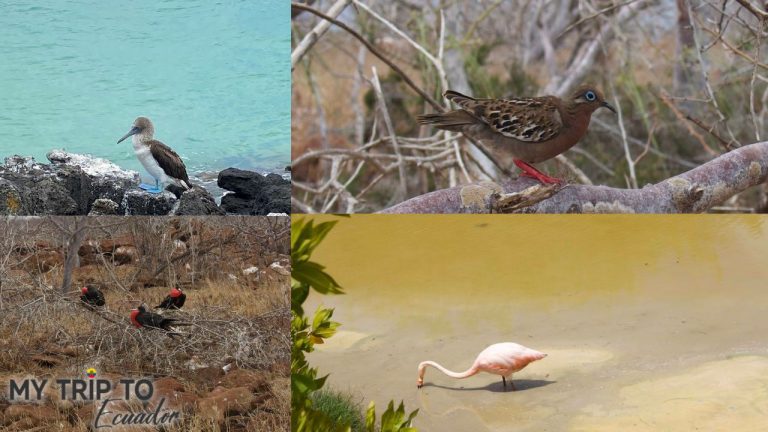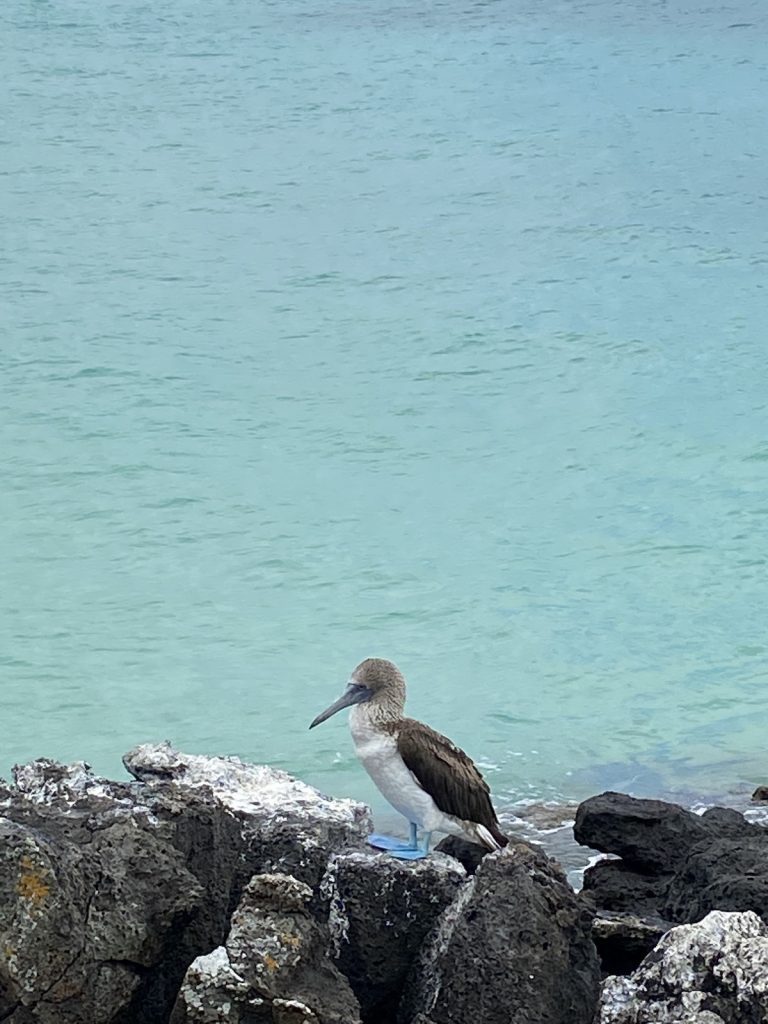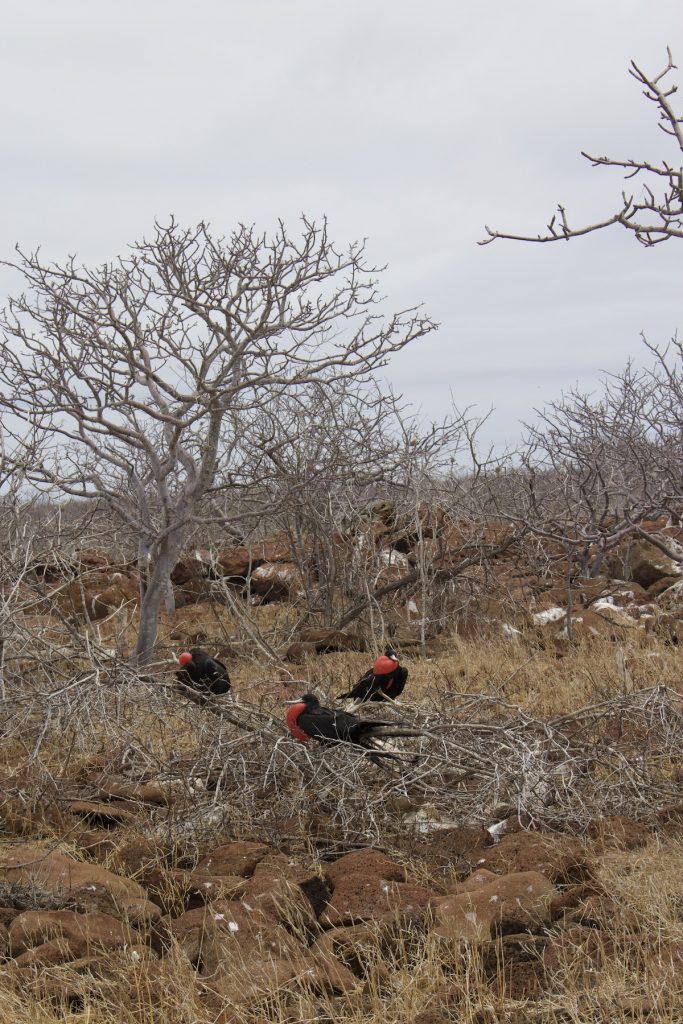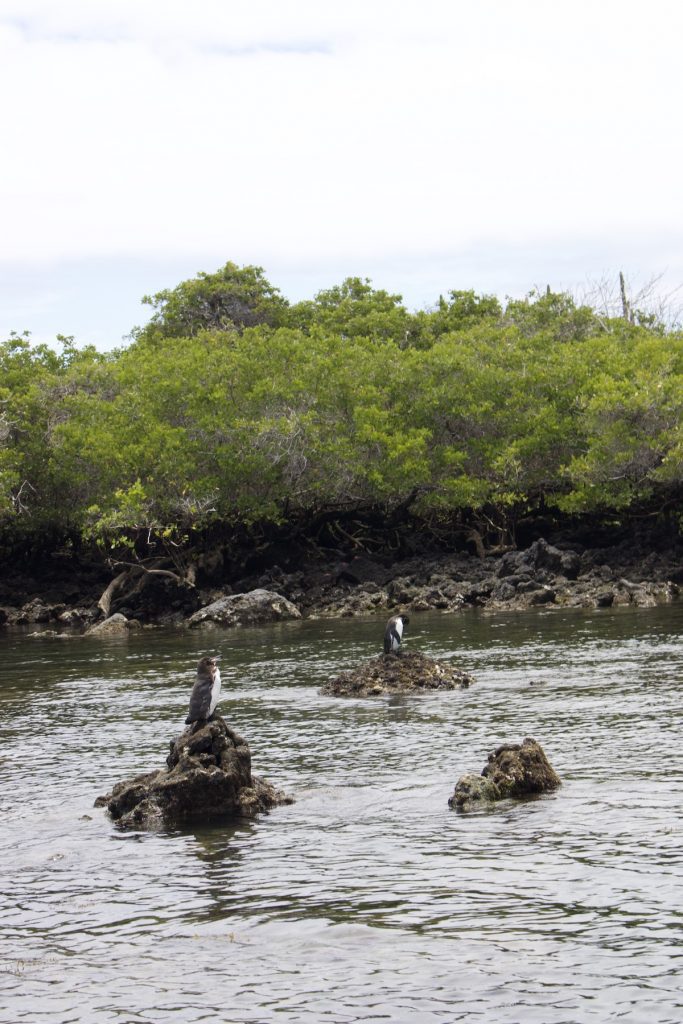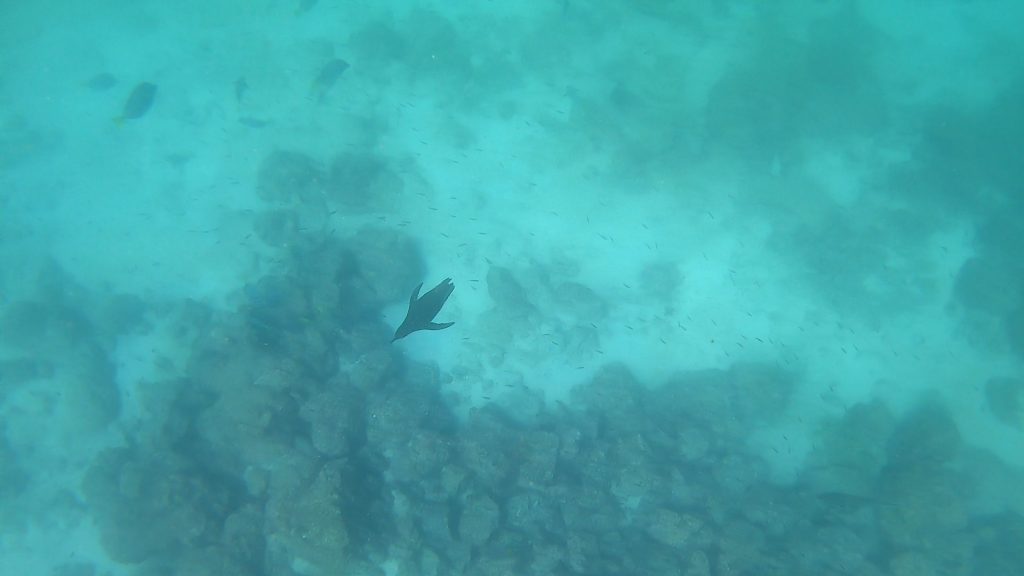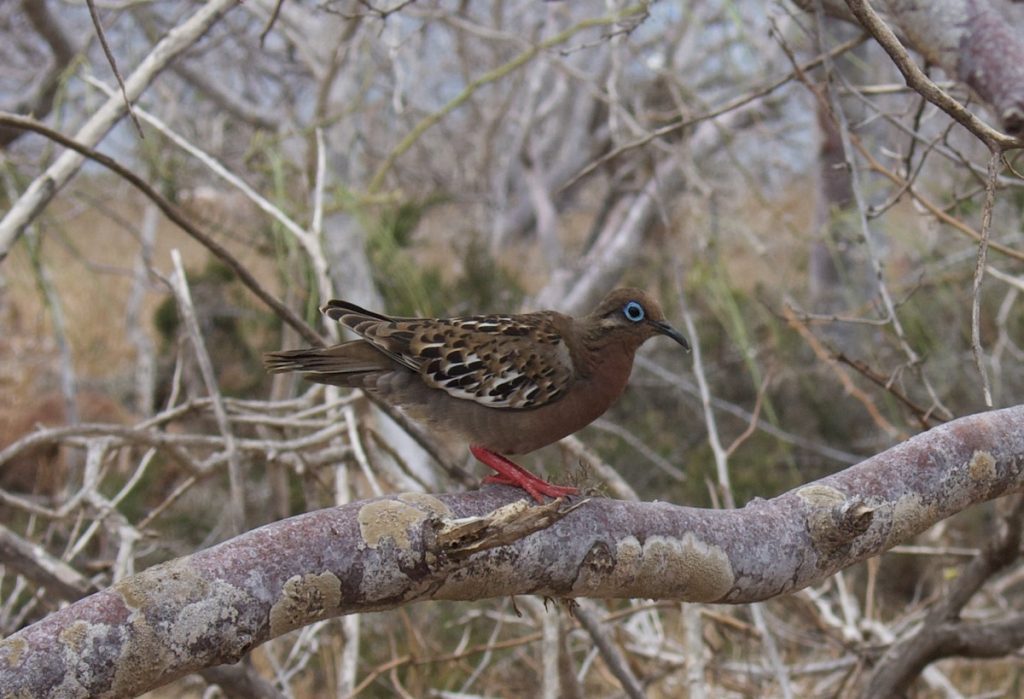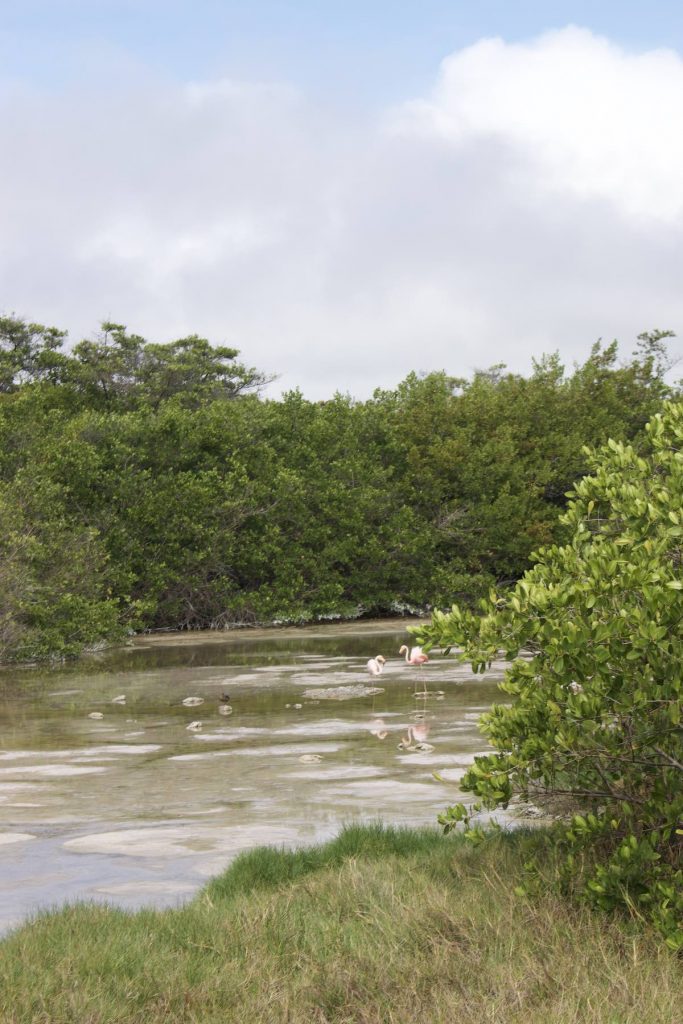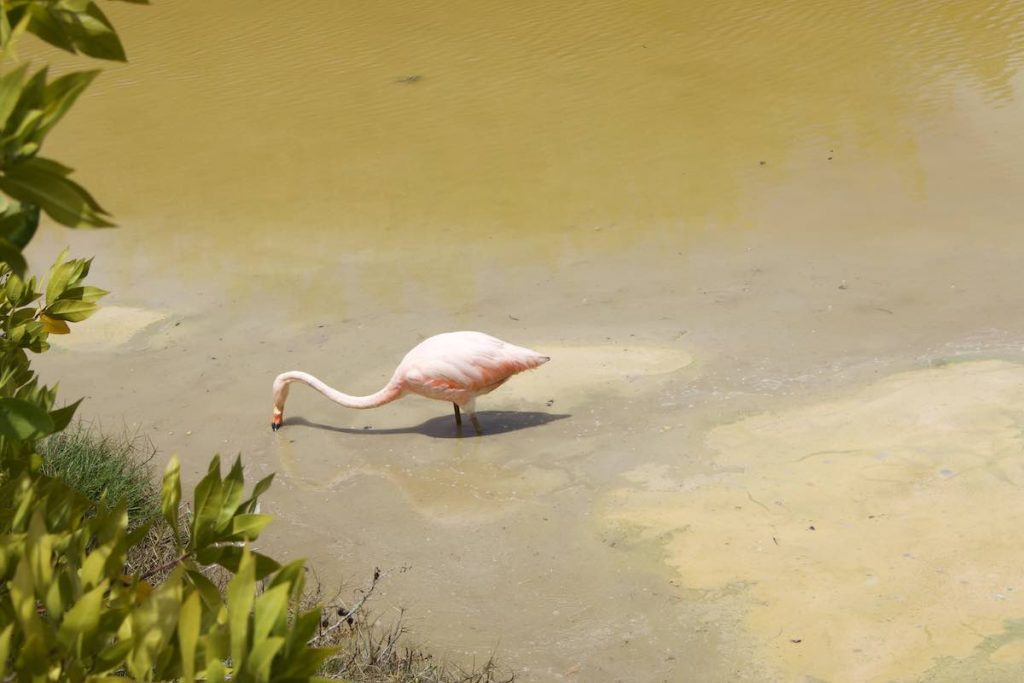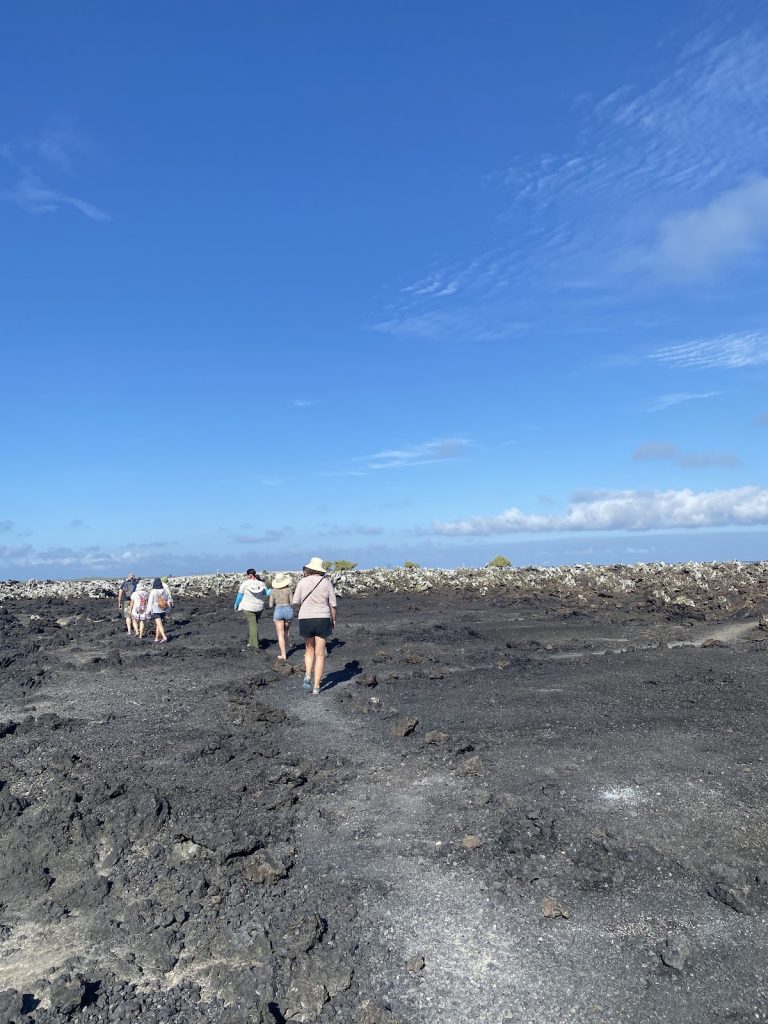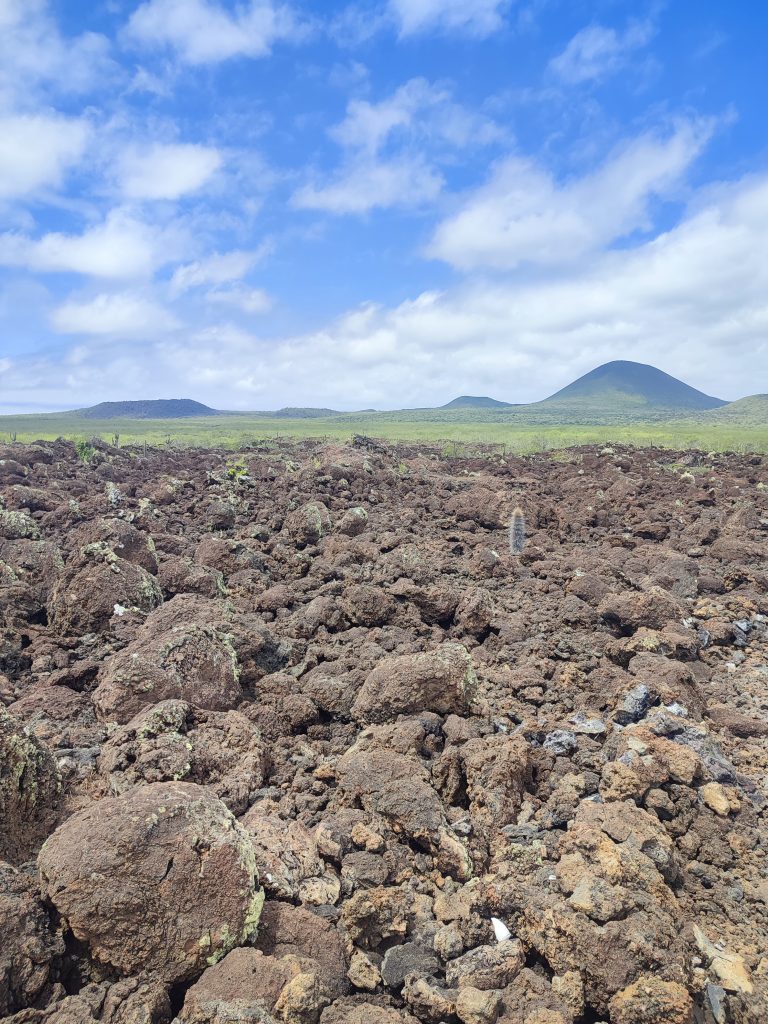The Galapagos Islands are a wonderful place to watch birds. There are 174 different kinds of birds here, and 26 of them can only be found in the Galapagos. Here, you can see the birds up close, almost like in TV shows about nature.
Even if you are not fond of birds, the Galapagos Birds are so interesting that you’ll want to learn more about them.
In this post, we will explore and share some of our Galapagos Bird sightings.
When we first arrived in Galapagos, we had no idea how incredible the bird watching would be – from blue-footed boobies’ mating dances to playful penguins swimming alongside us! Get a FREE custom itinerary from local experts who know exactly when and where to spot each species. Your support helps this blog and local Galapagos communities!
Galapagos Sea Birds
It’s estimated that up to 750,000 seabirds call the Galapagos home, gracing the skies and shores with their presence.
They might be soaring high over the ocean, searching for food, or gathering in large groups to build nests along the rocky shores. Galapagos seabirds are often seen, and they’re fascinating to watch.
Some of these sea birds are the following:
Blue-Footed Boobies
Blue-footed boobies are among the most popular birds in the Galapagos, and there’s a good reason for that. Their feet, which are bright blue and hard to miss, along with their funny behavior and unique dance when they’re looking for a mate, make them a joy to see many times during a trip.
During our trip, we spotted Blue-footed boobies all over the islands. They’re remarkable divers, plunging into the ocean like fast-moving bullets from the sky. We saw them at their nests on the ground, where they live in big groups, especially on Española and North Seymour Islands.
If you visit Galapagos in March, you’ll likely see their entertaining mating dance. Their babies usually hatch around June and stay in the nest for about six months until they’re strong enough to fly.
Red-Footed Boobies
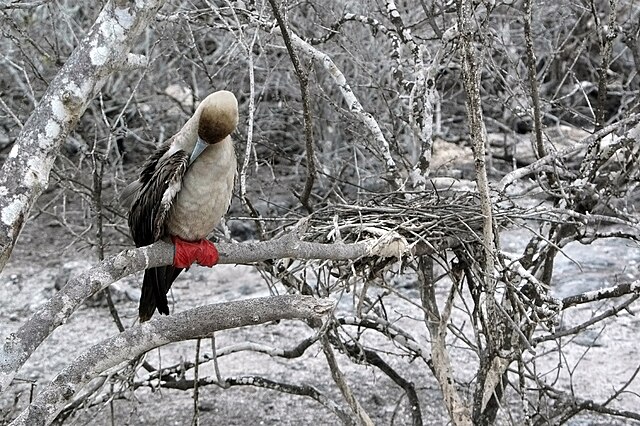
What makes the Red-Footed Booby truly stand out is its unmistakable bright red feet, which contrast beautifully against its soft feathers. My wife and I were fascinated by how different they are from their Blue-footed cousins, especially when it comes to nesting. Instead of making their homes on the ground, these boobies prefer the trees or shrubs, showing just how adaptable they are to different environments.
Though they spend much of their time flying over the open ocean, Red-Footed Boobies are expert hunters. We were amazed to learn that they’re not only great at catching squid and flying fish, but they also dive incredibly deep—up to 30 meters! Watching them in action was like seeing a natural acrobat at work.
We were lucky enough to spot a colony of these colorful birds on San Cristobal Island. Me and my wife were thrilled to observe them up close, and we later found out that they also have a presence on a secluded islet near Floreana Island. It’s moments like these that made our Galapagos adventure so special.
Frigatebirds
Dubbed the “pirate birds” by the Spanish, these avian marauders have quite the reputation for their cunning and sneaky behavior. My wife and I were amused to learn how they earned this nickname. These crafty birds chase after other species, like Boobies, with the sole aim of stealing their hard-earned meals. Their tactics are surprisingly bold—they grab their target’s tail feathers and shake them until the unfortunate bird regurgitates its catch!
We were fortunate enough to spot these clever thieves during our time on San Cristobal and North Seymour Islands. It was fascinating to witness their sneaky tricks in action. These birds also have breeding colonies on Floreana and Genovesa Islands, where you can see even more of their pirate-like antics. Watching them live up to their nickname was one of those unique moments that added a bit of humor to our Galapagos adventure.
Galapagos Penguins
Penguins may be famously built for the icy conditions of Antarctica, but these remarkable creatures have somehow managed to adapt to the warmer tropical climate of the Galapagos in their own unique way. My wife and I were thrilled to spot them during our trip—they’re definitely one of the most captivating animals you can encounter here.
It’s hard to believe that penguins live on tropical islands, but they’ve carved out their habitat on Isabela Island (particularly on the Los Toneles Tour), as well as on Fernandina and Bartolome Islands. We were lucky enough to catch sight of them swimming gracefully through the water, their small size making them surprisingly quick and agile. These penguins have become a true favorite among tourists, and seeing them up close was one of the highlights of our Galapagos adventure.
Galapagos Land Birds
The Galapagos Islands are also home to an incredible variety of land birds. My wife and I were amazed to learn that there are 29 distinct species here, and what makes them even more special is that 75% of these birds are found nowhere else in the world. These endemic species have evolved in truly fascinating ways, perfectly adapting to their unique island habitats.
As we explored the islands, we couldn’t help but marvel at how each species has carved out its own niche, whether it’s the way they forage, nest, or interact with their environment. Here are some of the land birds we encountered during our trip, each one offering a glimpse into the wonders of evolution in the Galapagos.
Darwin’s Galapagos Finch
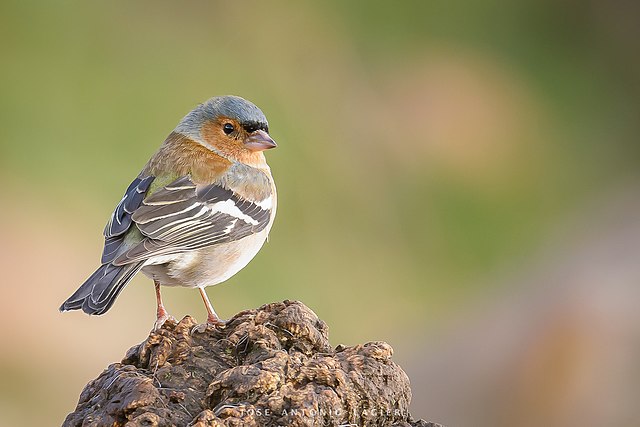
The legacy of Darwin’s Galapagos Finch is woven into the very fabric of evolutionary science, thanks to the groundbreaking work of Charles Darwin during his time in the Galapagos. My wife and I found it fascinating to walk in the footsteps of Darwin, knowing that these small birds played such a pivotal role in shaping his revolutionary Theory of Evolution.
Plan perfect trip to Ecuador & Galapagos
I spent countless hours researching everything about traveling to Ecuador, and I created this blog for fellow travel enthusiasts who want the best, most reliable information. But if you want to save time, we’ve partnered with the top local agency to plan your dream trip.
These finches have become iconic symbols of adaptation and natural selection, perfectly embodying the dynamic relationship between life and the environment that defines the Galapagos Islands. It’s truly amazing to see firsthand how nature has shaped them over time.
Today, there are 13 distinct sub-species of Finch in the Galapagos, each one uniquely adapted to its environment and all endemic to these extraordinary islands. It’s astonishing to witness such diversity within a single group of birds, but it’s also a powerful reminder of the incredible forces of evolution at work. For us, exploring the islands and seeing these finches up close made the Galapagos feel like a living, breathing laboratory of nature.
Galapagos Mockingbirds
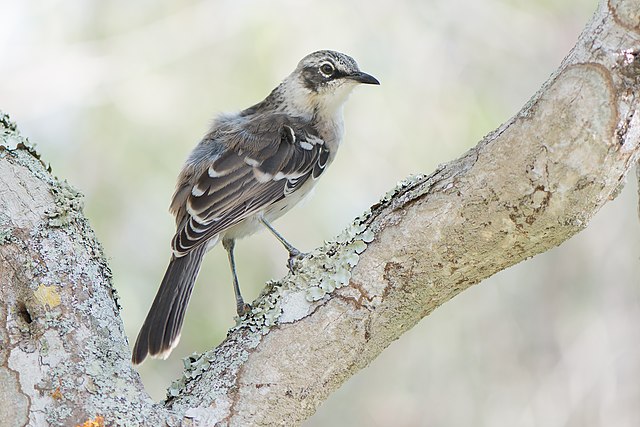
There are four unique types of Mockingbirds in the Galapagos, and though their origins trace back to North America, they have adapted remarkably well to life on the islands. My wife and I spotted these fascinating birds in many places across the Galapagos, and it was amazing to see how they’ve made each island their own.
While we saw plenty of mockingbirds during our trip, there are some that are much rarer, only found on specific islands like Española, Floreana, and San Cristobal. Seeing these rarer types was like discovering hidden treasures of the Galapagos.
Our guide shared with us an interesting fact—mockingbirds were actually key in shaping Charles Darwin’s observations during his famous voyage. It turns out these birds played a significant role in sparking some of his groundbreaking ideas on evolution, which gave us a deeper appreciation of their place in history and the natural world.
Galapagos Dove
The Galapagos Dove is a small, charming bird that my wife and I were lucky enough to spot during our time on North Seymour Island. These little guys have such a unique look—with their soft brown feathers, striking blue rings around their eyes, and those bright pinkish-red feet, they’re pretty hard to miss!
What made them even more special was how friendly and unafraid of people they were. We could watch them up close as they performed their playful mating dance or nibbled on cactus plants, their main food source. They’re definitely a fun bird to keep an eye out for when you visit the Galapagos!
Galapagos Flamingo
The Galapagos Flamingo is one of the most colorful and rare birds you can encounter in the Galapagos Islands. I felt incredibly fortunate to see them at Laguna de los Flamingos on Isabela Island! Their bright pink feathers are truly stunning, and like most flamingos, they have that signature pose of standing on one leg. Watching them wade gracefully through the lagoon was a peaceful and unforgettable experience. If you’re lucky enough to spot them, it’s a real highlight of any visit to the islands!
These flamingos are truly special, partly because they’re so rare. There aren’t many of them, and they make their home in unique spots like salty lagoons. My wife and I loved watching them as they gracefully searched for food, dipping their curved beaks into the water to scoop up tiny crustaceans and algae. It was fascinating to see how their bright pink color stands out against the landscape. If you visit, definitely keep an eye out for these vibrant birds and their elegant movements—they’re a real treat to watch!
Looking back, I wish I’d known more about the best times to visit different islands for specific bird species, like flamingos on Isabela or short-eared owls on Genovesa. Save time planning – get a FREE personalized itinerary from local experts who know all the prime bird watching spots. Your quote request supports this blog and local Galapagos businesses!
Galapagos Short-eared Owl
The Galapagos Short-eared Owl has evolved an impressive survival strategy, hunting both during the day and night to avoid competing with the Galapagos Hawks. This clever adaptation allows them to thrive in the unique island environment.
We were lucky enough to spot these owls while exploring Genovesa Island. Watching them in action was a memorable experience. Their hunting style is swift and silent, catching Lava Lizards, Storm Petrels, and other small creatures by surprise before they even realize what’s happening. It’s fascinating to see how well these owls have adapted to their surroundings, making them one of the more intriguing birds we encountered on our trip.
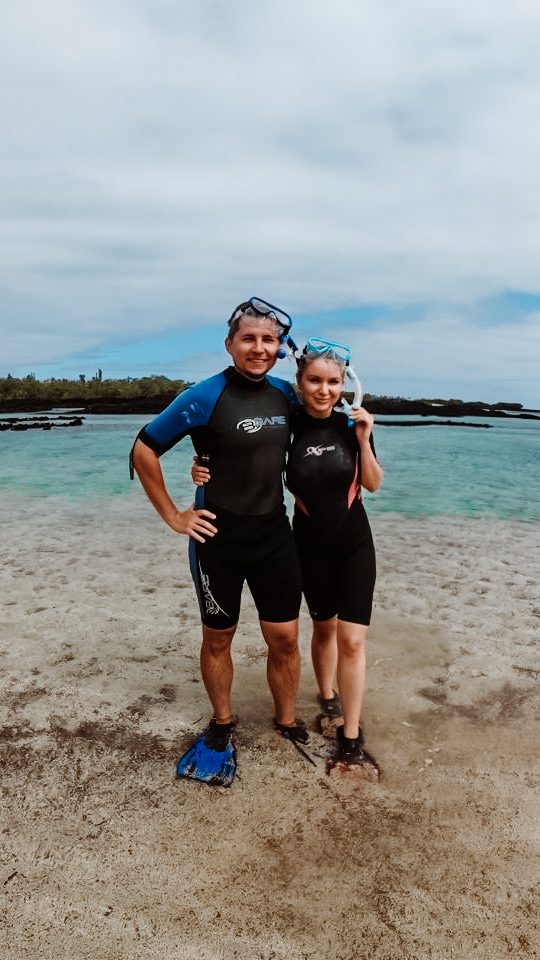
Planning trip to Galapagos Islands?
My wife and I spent two weeks on these magnificent islands, visited nearly every possible tour, and explored as much as we could. I shared all the important details in my comprehensive Galapagos Islands Travel Guide, where I cover everything you need to know about planning a trip to the Galapagos.
Galapagos Islands travel might surprise you with extra fees to enter the islands, the complicated logistics between islands, booking tours, and knowing which spots are free to explore and which ones are not. I’ve covered it all in this Galapagos Travel Guide.
Also, if you’re planning a trip to the Galapagos, make sure to use my link for discounted hotel prices via Booking.com. It really helps support my blog!
Conclusion
The Galapagos Islands truly are a paradise for bird lovers and nature enthusiasts alike. My wife and I were constantly amazed by the rich tapestry of avian life spread across these remarkable islands. The diversity of species is a testament to the incredible ecosystem that thrives here, making it a birdwatcher’s dream.
While this post has highlighted some of the most iconic and fascinating bird species we encountered, they represent just a small part of the many feathered wonders you’ll find in the Galapagos.
When you visit, don’t miss the opportunity to soak in the beauty of these birds in their natural habitat. It’s an experience that will leave you in awe of the incredible wildlife that calls this extraordinary place home.

